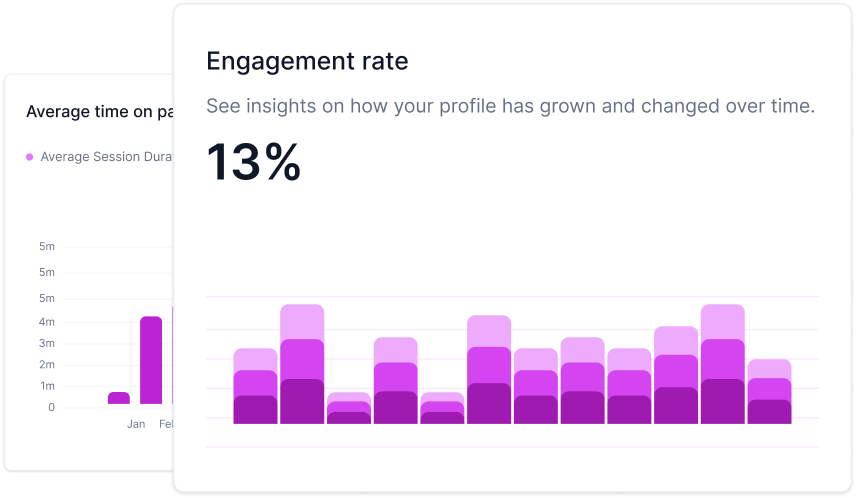What is A/B Testing?
Imagine you're trying to decide which of two shirts to wear for a big event. You ask a group of friends for feedback on each, then choose the one with the most compliments. A/B Testing is pretty much the digital version of this. It's a way to compare two versions of something (version A and version B) to see which one people prefer or which one meets your goals better.
How Does It Work?
Using our shirt example: instead of shirts, in A/B Testing, you'd have two versions of a webpage, ad, or email. You’d show version A to half of your visitors and version B to the other half. Then, you'd watch and see which version gets more clicks, sign-ups, sales, or whatever you're aiming for.
For instance, imagine you run an online store and have two different designs for a 'Buy Now' button. Version A is green, and version B is blue. By showing each button to a separate group of visitors and tracking which one gets more clicks, you can decide which color works best for your audience.
How Do I Determine What Elements to Test?
The beauty of A/B Testing is its flexibility. You can test almost anything! But if you're wondering where to start:
- Headlines: Does a catchy title grab more attention than a straightforward one?
- Images: Do people engage more with a photo of a person or a product?
- Call-to-Action: Is "Sign Up Now" more effective than "Join Us"?
Start with elements that are prominent and could likely affect visitor behavior. Over time, you’ll develop a keen sense for what needs testing and refinement.
How Can I Ensure My A/B Test Results are Statistically Significant?
Now, this is where a dash of science comes in. "Statistically significant" is a fancy way of saying, "Can I trust these results?" To ensure this:
- Use a Large Sample Size: The more people in your test, the clearer the winning version becomes.
- Run the Test Long Enough: Give both versions A and B ample time to gather data.
- Use A/B Testing Tools: Many tools, like Optimizely or Google Optimize, can help determine if your results are significant.
Remember, A/B Testing is not about trusting your gut but about relying on real data and user feedback.

